What are my options for low maintenance evergreen screen?
cityartist
10 years ago
Featured Answer
Sort by:Oldest
Comments (15)
iris_gal
10 years agocityartist
10 years agoRelated Professionals
Derry Landscape Architects & Landscape Designers · Bellflower Landscape Architects & Landscape Designers · Fillmore Landscape Architects & Landscape Designers · Willowick Landscape Architects & Landscape Designers · Springfield Landscape Contractors · Arlington Landscape Contractors · Costa Mesa Landscape Contractors · Mission Landscape Contractors · Pleasant Grove Landscape Contractors · River Ridge Landscape Contractors · Seymour Landscape Contractors · East Norriton Landscape Contractors · Long Branch Swimming Pool Builders · Carol City Window Contractors · Orange County Window Contractorsiris_gal
10 years agohoovb zone 9 sunset 23
10 years agohoovb zone 9 sunset 23
10 years agohosenemesis
10 years agocalistoga_al ca 15 usda 9
10 years agonil13
10 years agogyr_falcon
10 years agogyr_falcon
10 years agogregbradley
10 years agogyr_falcon
10 years agogregbradley
10 years agoelvie z9CA
10 years ago
Related Stories

GARDENING GUIDESGreat Design Plant: Rosa Banksiae a Low-Maintenance Beauty
This thornless, disease- and insect-resistant rose brings showers of white or yellow flowers to the spring garden
Full Story
LANDSCAPE DESIGN7 Low-Maintenance Lawn Alternatives
Turf isn't the only ground cover in town. Get a lush no-grass lawn with clover, moss and other easy-care plants
Full Story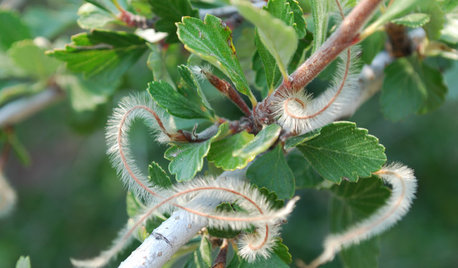
GARDENING GUIDESGreat Design Plant: Curl-Leaf Mountain Mahogany, an Easy Evergreen
Use it as an accent plant or mass it as a screen; this pine and spruce alternative is a hard worker in dry, cold climates
Full Story
GARDENING GUIDES9 Low-Growing Hedges That Make Good Neighbors
Define garden areas or borders without blocking the view, with these evergreen shrubs that take kindly to trimming
Full Story
MONTHLY HOME CHECKLISTSYour Fall Home Maintenance Checklist
Prep your house and yard for cold weather with this list of things to do in an hour or over a weekend
Full Story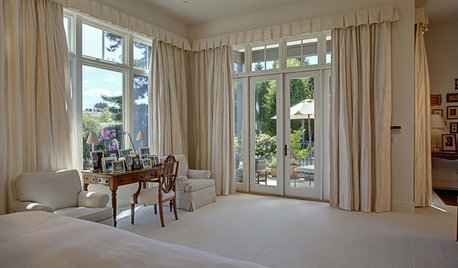
WINDOW TREATMENTSHow Low Should Your Drapes Go?
Hover, brush the floor or pool like Scarlett O'Hara's tears — we give you the lowdown on curtain length options
Full Story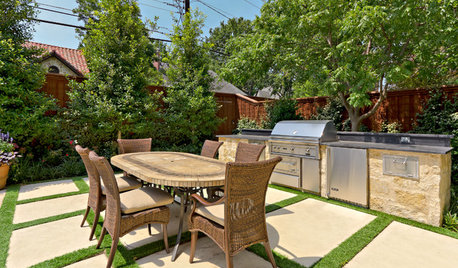
FLOWERS AND PLANTSPlant Ilex Cassine for a Privacy Screen That Feeds the Birds
Dahoon and its hybrids provide lovely evergreen foliage in southeastern U.S. gardens
Full Story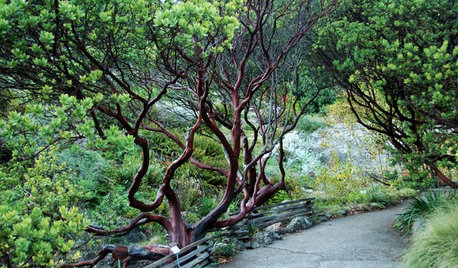
GARDENING FOR BUTTERFLIESGreat Design Plant: Parry Manzanita Stands Out in Low-Water Gardens
Make a dramatic architectural statement and feed wildlife in woodlands and more with Arctostaphylos manzanita
Full Story
GARDENING AND LANDSCAPINGGrow a Lush Privacy Screen
No need to wait forever for patio privacy the green way. These 10 ideas will get your screening up and running in no time
Full Story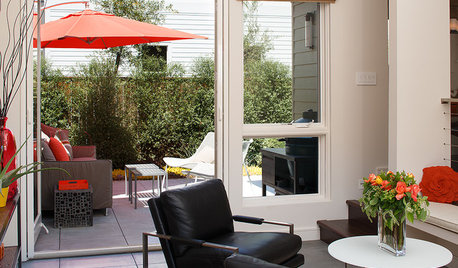
CONTEMPORARY HOMESHouzz Tour: Gaining Space and Options With a Flex Room
See how a new entryway bonus room increases dining and entertaining possibilities, and improves this California home’s flow
Full StoryMore Discussions






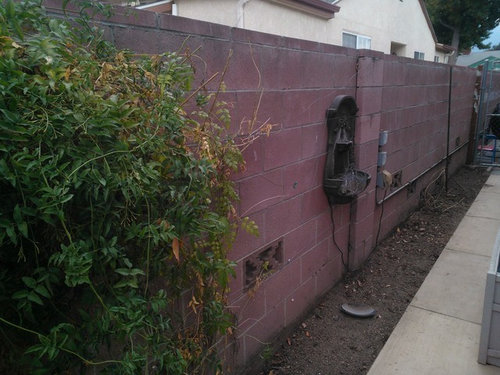
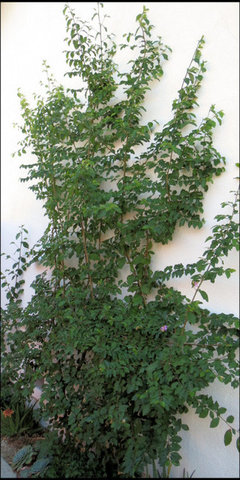

gyr_falcon